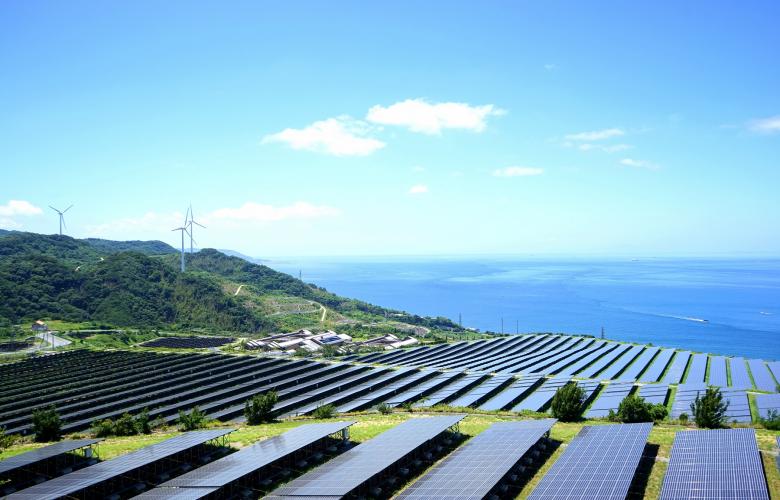A combination of increased effort to allocate capital to sustainable strategies and stiff competition among investors across the wider real estate and infrastructure asset class continue to put renewable energy strategies in focus.
Vietnam possesses a long coastline, tropical climate, strong agricultural economy, thus creating diverse and abundant conditions for the exploitation and production of wind power, solar power and bio-fuels. A noticeable project this year is the BIM solar power farm in Ninh Thuan, developed by BIM Group of Vietnam in partnership with Phillipines-based AC Energy. The solar farm is composed of three facilities with the combined capacity of 330MW, which is the largest of its kind in Southeast Asia, according to BIM Group.
Government initiatives are further encouraging investors to enter the sector. The Vietnam’s Ministry of Industry and Trade released the third draft of the Prime Minister’s decision on the mechanism for encouraging the development of solar power project. This is the latest version of the government’s ongoing effort to support the renewable energy industry.
Stephen Wyatt, Country Head of JLL Vietnam comments: “Vietnam possesses the geographical characteristics suitable for the production of many renewable energy types. When investors see that the government is willing to support their investment with favorable initiatives, the sustainable sector will become a magnet for investment.”
Around the world, cities are gearing up for renewable power. In the US, Chicago plans to power all city properties with wind and solar energy by 2025, equating to more than 900 buildings. Atlanta has committed to reaching 100 percent renewable energy by 2035, but municipal buildings must reach that goal by 2025.
Across Asia, developers and governments are slowly but steadily experimenting with sustainable building approaches and renewable energy to help reduce the region’s enormous energy consumption. China is making enormous strides to catch up with Asia’s leader in sustainability, Singapore.
As an island nation with limited natural resources, green building has long been a priority for this country. For over a decade, all new buildings have to abide by the nation’s own green building code (similar to LEED), resulting in a large number of low and zero carbon buildings. Thanks to this commitment, the building stock in Singapore tends to be better than in other Asian countries, with lower water and energy consumption and a greater focus on creating a climate responsive city.
Stephen concludes: “There is immense pressure on the current power grid in Vietnam and energy prices are expected to rise due to an increase in development activity and consumer demand, especially within the major cities and industrial zones. It is incredibly important that this type of alternative investment plays a dynamic role in the future growth of the country.”
Source: JLL Vietnam
Similar to this:
Dichotomy in Policy and the effects on real estate in The Philippines
Monaco holds onto top spot with Hong Kong and Tokyo close behind
Manila's most expensive at ~ PHP550K (USD10,400*) per sq metre









